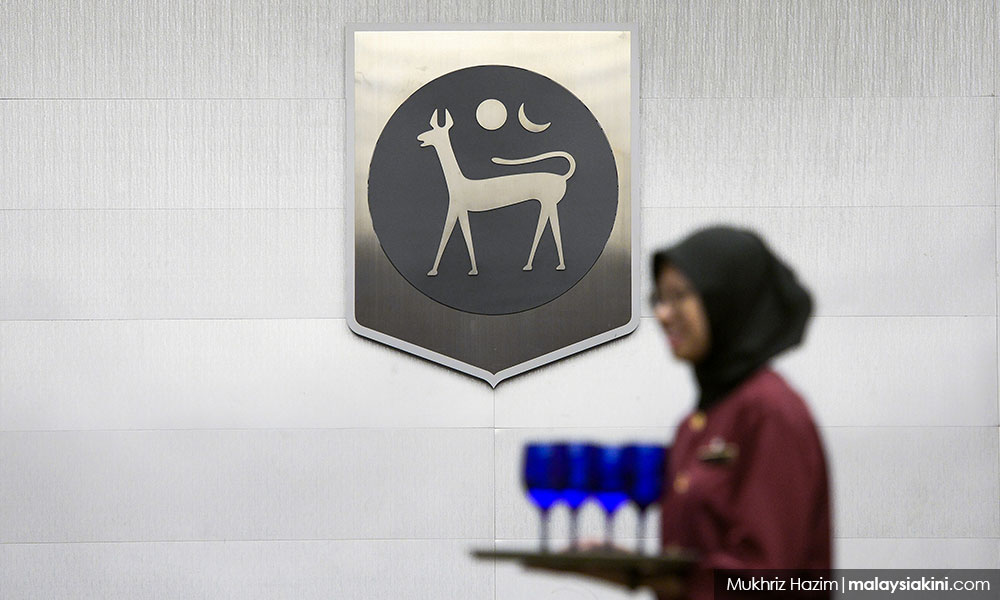KINIGUIDE | Malaysians have been feeling the pinch from the rising prices of goods, and now coupled with the weakening ringgit, many are facing more challenges in managing their daily cost of living.
Despite that, Bank Negara Malaysia has reported that the Consumer Price Index (CPI) for May stands at 2.8 percent, lower than the 3.4 percent just two months earlier in March.
However, this does not seem to be reflected in the reality on the ground as prices of many goods still appear to be higher than what they used to be.
Malaysiakini takes a deep dive into the relationship between CPI and the high cost of living in this edition of Kiniguide.
First up, what is CPI?
The CPI is one of the ways of measuring inflation, and it is sometimes known as headline inflation.
It measures the monthly change in prices paid by consumers, based on a representative “basket of goods and services”.
Headline inflation is different from core inflation, which does not take into account the more volatile price data of food and energy.
As such, it is possible for headline inflation to decrease even as core inflation goes up.
Among factors that could affect the CPI include raw materials cost, commodities prices and supply disruptions.

‘CPI sounds like it’s measuring the cost of living, so is there a difference between the two?’
There is a difference between the two, according to Bank Negara.
Cost of living refers to the amount of household spending, including financial obligations such as car and housing loans, to maintain a certain standard of living.
Meanwhile, the CPI tracks price changes for a fixed basket of goods and services that represents the average spending pattern among households.
As the spending of each household is different and prices of items can vary across locations, CPI does not reflect changes in individual cost of living.
Instead, the CPI is more of a useful indicator for macroeconomic policies, which target the broader economy.
The CPI also does not take into account household income, while a rising cost of living may also be attributed to incomes that do not increase at the same rate as the prices of goods.
So there is a disconnect between CPI and cost of living. But why are prices of goods still going up?
Economic analysts have said that one of the reasons that could contribute to a rising cost of living include the weakening ringgit.
There is also the issue of the country’s Overnight Policy Rate (OPR), which Bank Negara recently decided to maintain at three percent.
The OPR had been raised several times in 2022 and was last raised to three percent in early May.
How does weakened ringgit affect the prices of goods domestically?
Malaysia currently relies heavily on imports for many goods, with the country’s food imports totalling RM482.8 billion for the last 10 years, as of December 2022.
This is much higher than the amount of Malaysia’s food exports in the same period - which stood at RM296 billion, based on data from the Department of Statistics (DOSM).
A weakened ringgit will naturally mean that the prices of imported goods will go up.

And retailers are likely to pass on that price increase to the consumers.
What about OPR?
As explained in a previous Kiniguide, the OPR represents the minimum interest rate charged amongst banks on interbank lending.
The OPR affects short-term interest rates, fixed deposit rates, foreign exchange rates, long-term interest rates and a range of economic variables.
These, in turn, will affect businesses, employment and prices of goods and services.
When the OPR goes up, loan repayments will increase as banks pass on higher borrowing costs to customers via higher interest rates. Alternatively, the repayment amount can remain the same but the repayment period is increased.
This applies to major retail loads such as housing, car and personal loans.
Technically, the OPR does not directly affect the cost of everyday goods and services for the average consumer.
However, it could have indirect effects such as small business owners passing on some of their personal costs to their customers.
Everyone is talking about the depreciating ringgit but why is it happening?
According to Maybank Investment Banking Group regional macro research co-head Chua Hak Bin, there are multiple factors affecting the value of the ringgit.
One of them is that the US Federal Reserve had hiked its interest rates to 5.25 percent, whereas Malaysia’s rate remains at three percent.
“Five percent is pretty attractive, so why should investors or exporters part with their money in ringgit? So it gives less space and that could result in a weaker ringgit,” Chua said in an interview with BFM radio recently.
The ringgit, historically speaking, has also been closely linked to China’s renminbi and China’s growth momentum seems to be losing steam, he added.
Other factors affecting the ringgit’s value include contracting Malaysian exports in recent months, as well as some uncertainty from the six state elections and whether the current government has space to carry out fiscal reforms, Chua said. - Mkini



No comments:
Post a Comment
Note: Only a member of this blog may post a comment.